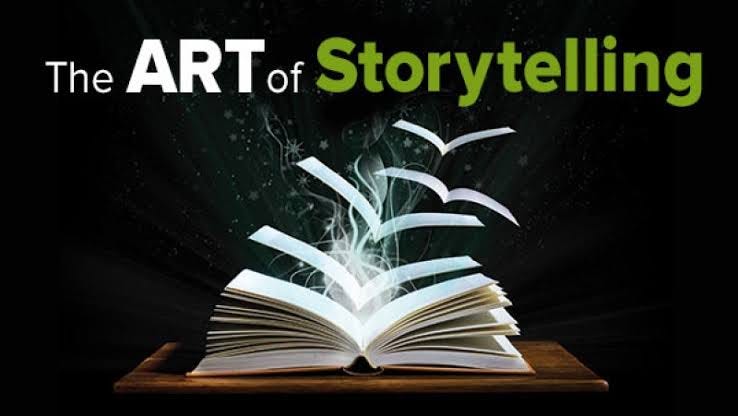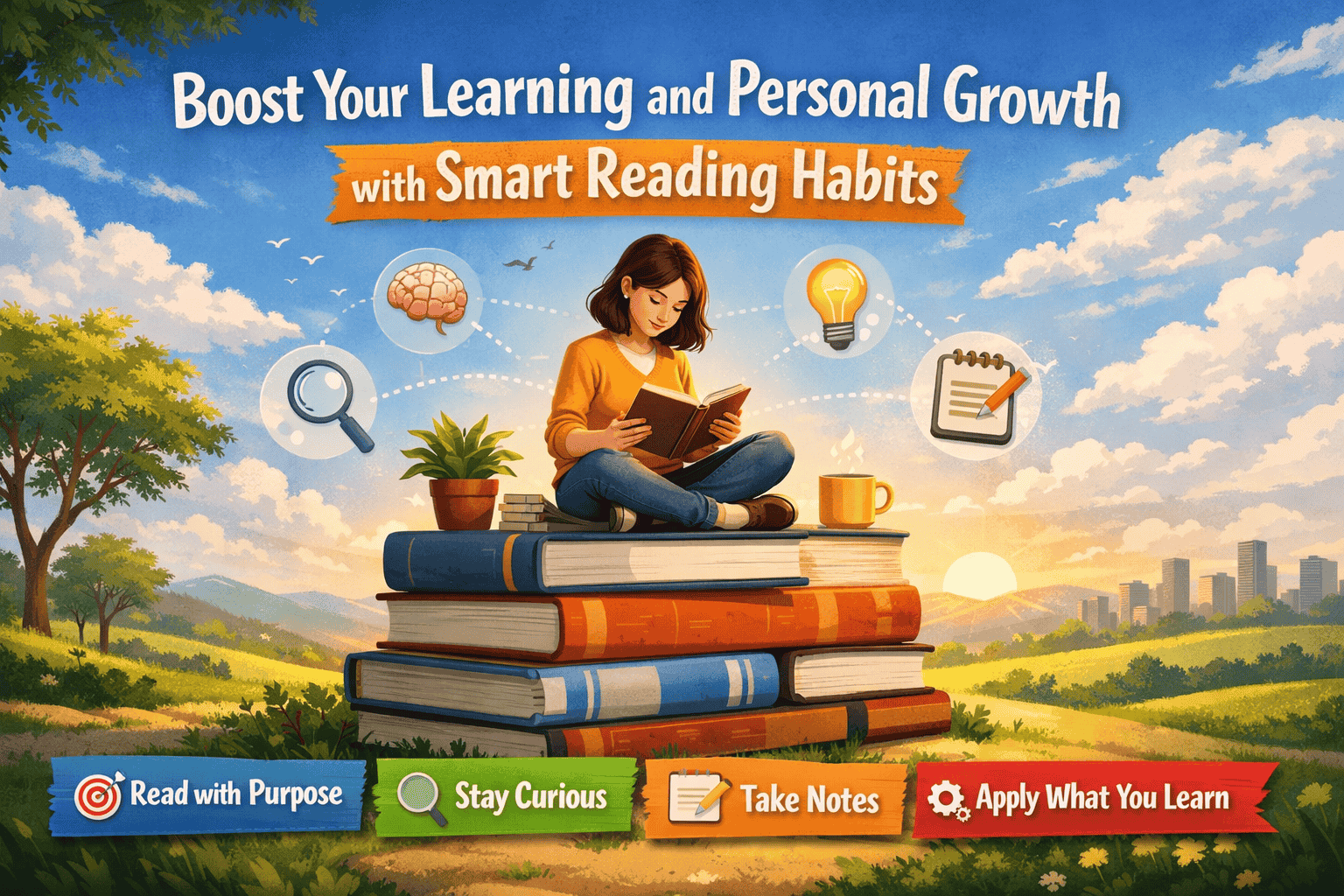The Art of Storytelling: Crafting Engaging Narratives
Storytelling is an ancient and powerful human tradition. Through tales passed down from generation to generation, we learn about our history, culture, and the world around us. In this article, we will explore the key elements of storytelling: the plot, conflict, and resolution. Understanding these components is essential for creating compelling and memorable narratives.
The Foundation: What is a Plot?
A plot is like the roadmap of a story. It outlines the events and actions that drive the narrative forward. Think of it as the skeleton on which the story hangs. A well-constructed plot sets the stage for engaging the reader's attention and guiding them through the tale.
The Components of a Plot
A plot typically consists of several key components:
Introduction (Exposition): This is where the main characters, setting, and initial situation are introduced. Readers get to know the world of the story and the characters who inhabit it.
Conflict: The conflict is the heart of the story. It's the problem or challenge that the main characters face. This conflict sets the story in motion and creates the tension that keeps readers engaged.
Rising Action: This is where the story builds momentum. Events unfold, and the characters face obstacles and challenges related to the conflict. Each event leads to the next, creating a sense of progression.
Climax: The climax is the turning point of the story. It's the most intense and critical moment, where the conflict reaches its peak. The decisions and actions of the characters here have far-reaching consequences.
Falling Action: After the climax, the story begins to wind down. Loose ends are tied up, and the characters start to come to terms with the aftermath of the climax.
Resolution (Denouement): The resolution is where all the remaining questions are answered, and the story reaches its conclusion. It provides closure for the reader, allowing them to leave the story with a sense of satisfaction.
The Conflict: Adding Spice to the Story
Conflict is what drives a story forward. It creates tension, and suspense, and keeps readers invested in finding out what happens next. There are different types of conflict:
Internal Conflict: This is when a character struggles with their thoughts, feelings, or decisions. It might involve a moral dilemma or a personal struggle.
External Conflict: This occurs when a character faces challenges or obstacles from an external source. It could be a person, nature, society, or any force outside of themselves.
Man vs. Man: This is a classic form of external conflict where one character is in direct opposition to another.
Man vs. Nature: In this type of conflict, the character faces challenges from the natural world, such as a harsh environment or a dangerous animal.
Man vs. Society: Here, the conflict arises from the character's struggle against societal norms, rules, or expectations.
The Resolution: Tying Up Loose Ends
The resolution is where the story finds its closure. It provides answers to the questions raised throughout the narrative. Readers want to know how the characters' lives are affected by the events of the story, and the resolution offers that insight.
Crafting Memorable Characters
In addition to a well-structured plot, compelling characters are essential for a captivating story. Readers should be able to relate to or empathize with the characters' struggles and aspirations. A well-developed character has their motivations, flaws, and growth throughout the story.
Balancing Action and Emotion
A successful story strikes a balance between action and emotion. While action keeps the plot moving, emotion allows readers to connect with the characters on a deeper level. It's through the characters' feelings, dilemmas, and triumphs that readers can see a reflection of their own experiences.
Practice Makes Perfect
Becoming a skilled storyteller takes practice. Whether you're writing a short story, a novel, or even just telling a tale to a friend, honing your storytelling skills will help you engage your audience and bring your narratives to life.
Exploring Subplots: Adding Depth to Your Story
While the main plot is the backbone of your narrative, subplots add complexity and depth to the story. These are secondary storylines that run alongside the main plot, often involving different characters or aspects of the setting. Subplots can introduce new challenges, provide additional perspectives, and ultimately enrich the overall storytelling experience.
Character Development: The Heart of the Story
Characters are the heart and soul of any narrative. Their growth, struggles, and choices drive the plot forward. As a storyteller, it's important to invest time in developing well-rounded characters. Consider their backgrounds, motivations, and how they evolve throughout the story. This not only makes them more relatable but also adds layers of depth to your narrative.
Pacing: Balancing Action and Reflection
Pacing is crucial in storytelling. It's the rhythm at which your story unfolds. Effective pacing ensures that readers remain engaged without feeling overwhelmed. Balance moments of action and tension with moments of reflection and introspection. This ebb and flow keeps the reader's interest piqued, allowing them to absorb the various elements of the story.
Dialogue: Bringing Characters to Life
Dialogue is a powerful tool for character development and plot advancement. It's through conversations that characters reveal their personalities, beliefs, and emotions. When crafting dialogue, pay attention to each character's unique voice, ensuring that it aligns with their background and experiences. Additionally, use dialogue to convey information, build relationships, and create moments of tension or revelation.
Setting: Evoking Atmosphere and Mood
The setting of your story is more than just a backdrop; it's a living, breathing part of the narrative. Descriptive language and vivid imagery can transport readers to different times and places. Whether it's a bustling cityscape, a quaint village, or a fantastical realm, a well-rendered setting immerses readers in the world you've created, enhancing their connection to the story.
Foreshadowing and Symbolism: Building Anticipation and Depth
Foreshadowing involves dropping hints or clues about future events in the story. This technique builds anticipation and engages readers' curiosity. Symbolism, on the other hand, uses objects, elements, or actions to represent abstract ideas or themes. Both foreshadowing and symbolism add layers of meaning and depth to your narrative, inviting readers to explore beyond the surface.
Revising and Editing: Refining Your Storytelling Craft
The process of storytelling doesn't end with the first draft. Revising and editing are essential steps in refining your narrative. Take the time to review your work, considering elements like plot consistency, character development, and pacing. Pay attention to details, and seek feedback from others to gain fresh perspectives on your story.
The Importance of Feedback and Community
Engaging with a community of fellow storytellers and seeking feedback from readers can be invaluable. Constructive criticism and different viewpoints can help you refine your storytelling skills. Join writing groups, attend workshops, or share your work online to connect with others who share your passion for storytelling.
Embracing Your Unique Voice
Every storyteller has a unique voice and perspective. Don't be afraid to embrace your style and vision. It's what sets your storytelling apart and makes your narratives resonate with readers. Trust in your creativity and allow your authentic voice to shine through in your storytelling.
Conclusion: The Power of a Well-Told Tale
Storytelling is an art that has captivated audiences for centuries. By understanding the elements of plot, conflict, and resolution, you have the tools to craft compelling narratives that resonate with readers. So, whether you're writing for yourself or sharing a story with others, remember that the magic of storytelling lies in your ability to create worlds, characters, and conflicts that come alive in the imagination of your audience. Happy storytelling








